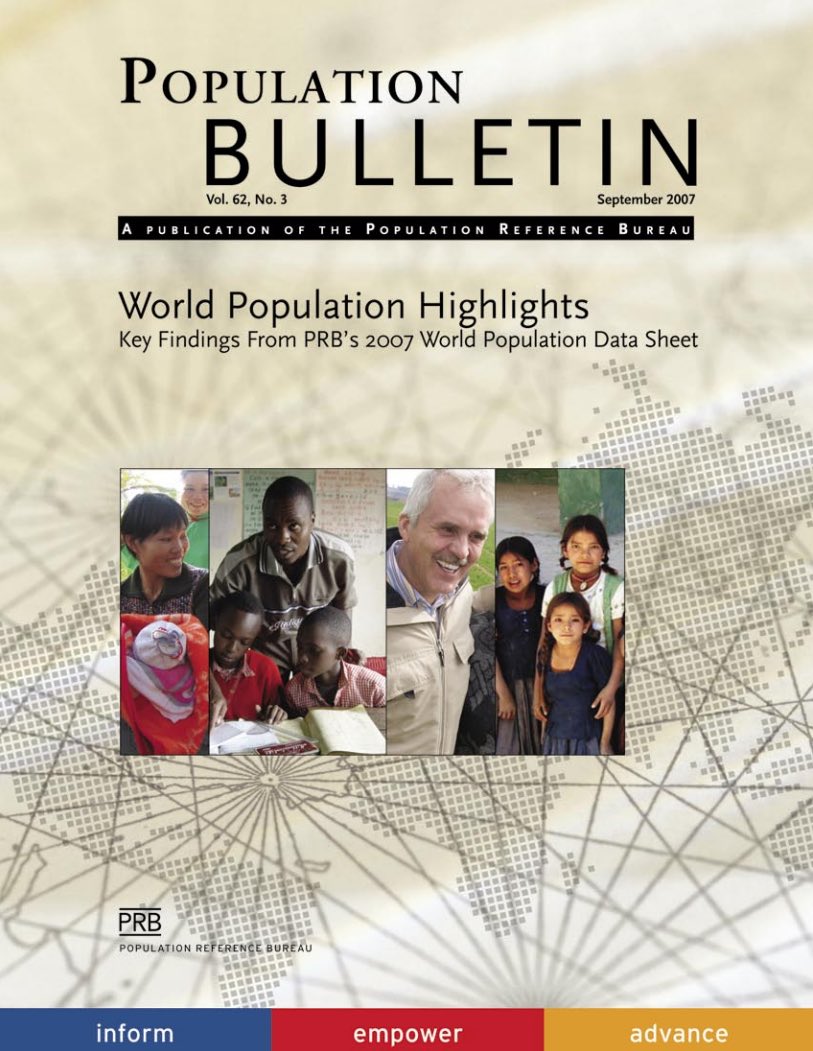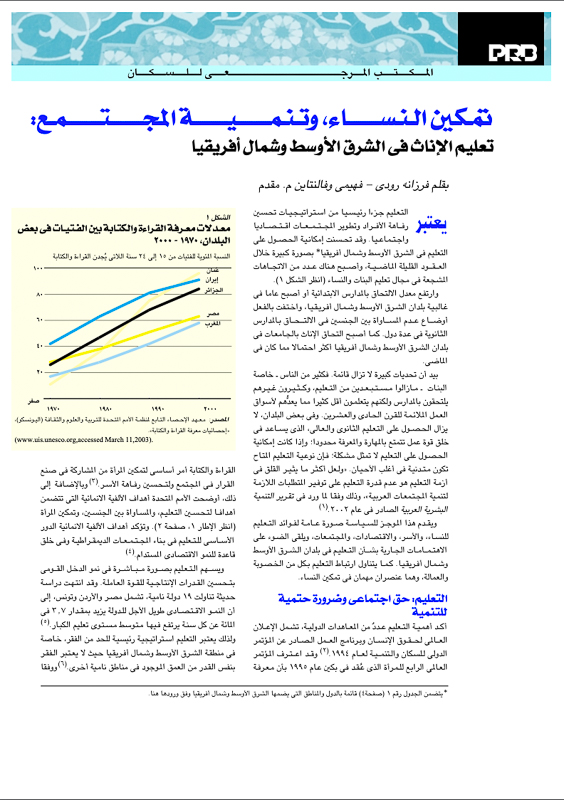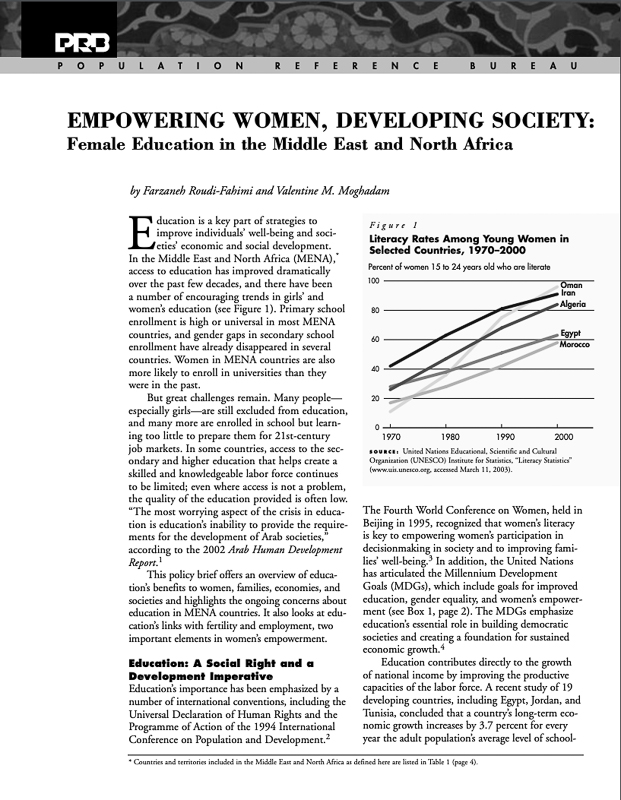Population Bulletin, vol. 62, no. 3: World Population Highlights 2007–Migration
2007) In 2005, about 191 million people—3 percent of the world's population—were international migrants, according to UN estimates.

2007) In 2005, about 191 million people—3 percent of the world's population—were international migrants, according to UN estimates.

2007) In 2005, about 191 million people—3 percent of the world's population—were international migrants, according to UN estimates.

Project: American Community Survey and Decennial Census Support Services
(2014) Countries around the world are paying more attention to inequality as an indicator of social and economic well-being.

(2014) Countries around the world are paying more attention to inequality as an indicator of social and economic well-being.

(2003) Education is a key part of strategies to improve individuals' well-being and societies' economic and social development.

(2003) Education is a key part of strategies to improve individuals' well-being and societies' economic and social development.

(2019) Japan, Italy, and Germany top the list of the world’s oldest countries—if the data are based on the share of the population ages 65 and older.
(2001) Despite laws against domestic violence, many women in Latin America and the Caribbean continue to be failed by the legal system.
PRB leads the KidsData program, which advances children’s well-being in California by providing a high-quality, wide-ranging data website and collaborating with those who work on behalf of children.